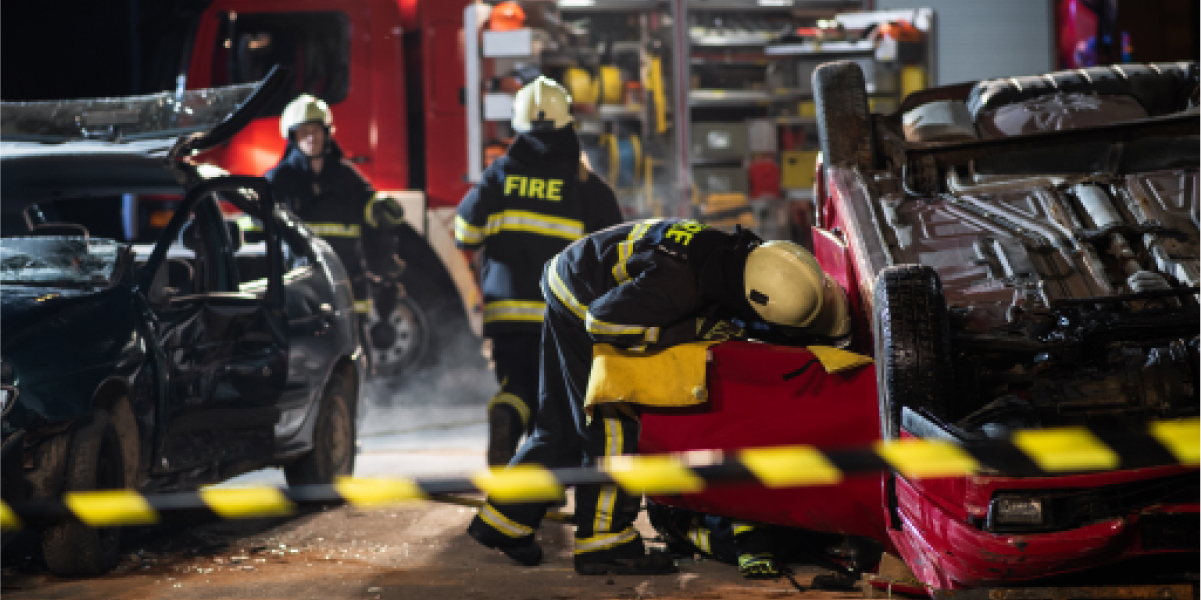Georgia 18-Wheeler Accident Lawyers Discuss Truck Under-ride Guards
Driving behind a large commercial truck you have likely noticed the metal bar hanging down from the bottom rear of the truck’s trailer. Those metal bars are called under-ride guards and their purpose is to prevent passenger cars from slipping underneath the trailer in the event the trailer is rear-ended by the smaller vehicle. Although there has been a push for over two decades in the U.S. mandating the use of under-ride bars, the truth is the strength of those bars remains woefully inadequate. In a crash test performance of the average under-ride bar installed on a tractor-trailer, the guards were not strong enough to withstand even a 35 mph crash. This study sent an average-sized sedan crashing into the rear of a truck at 35 mph with a crash dummy behind the wheel. Although the under-ride guard fully met current governmental standards, the vehicle slid right under the truck, removing the top of the vehicle—as well as the crash dummy’s head.
The Consequences of Inadequate Under-ride Bars
More than 350 people die annually when their vehicle strikes the back of a truck, crashing through the flimsy under-ride bar and shearing away the top of the automobile. The Insurance Institute released research showing that many of the present under-ride guards are ineffective and that the requirements set by the federal government regarding dimension requirements and minimum strength are inadequate. In fact, the Canadian government requires truck under-ride bars to be over twice as strong as well as covering more area than the U.S. One trailer manufactured in Canada and sold in the United States under the name Trailmobile, passed under-ride crash tests with flying colors while most other trailers failed dismally.
The under-ride guard on this particular trailer is not made of different metal or heavier materials, rather the attachment points are reinforced and the vertical supports are mounted closer to the edges of the trailer. Such modifications cost about $20 per trailer and could conceivable save hundreds of lives each year. There is a current proposal in the United States which includes requiring under-ride guards to be placed on the side of truck trailers as well as a requirement that the guard in the back be extended down lower, closer to the road. In light of the fact that it took our own government over twenty years to even require the use of under-ride bars it is unlikely change will occur any time soon.
Causes of 18 Wheeler Under-ride Accidents in Georgia
It is widely believed that when an automobile crashes into the rear of a truck it is a result of distracted driving on the part of the driver of the vehicle. Perhaps the driver was eating, talking on a cell phone, fiddling with the radio or even texting. The Insurance Institute for Highway Safety explains that distracted driving is not always the cause of a vehicle crashing into the rear of a truck. The Institute notes the differences in “seeing” a truck and “perceiving” a truck. In other words, the driver may see the large truck ahead, but fail to realize the truck is going inordinately slow. By the time the driver perceives that fact, he or she is too close and runs right into the truck—sometimes at speeds greater than 50 mph. While the Institute acknowledges that nearly all auto and truck accidents involve a mistake on the part of at least one driver, it adds that such mistakes should not “be a death sentence,” particularly when the installation of stronger, wider under-ride bars could prevent these tragedies.
Weak Federal Laws for Under-ride Bars
In addition to having much less stringent laws regarding the strength of under-ride bars, there are regulatory gaps which allow certain commercial trucks to get away with not having an under-ride bar at all. For instance, logging trucks and dump trucks are not required to install under-ride bars, and in those trucks which are required to install an approved under-ride bar, the trailer, under-ride guard, bolts and welding are not required to be tested as a whole system. Other trucks are required to install an under-ride bar, but are exempt from adhering to the 1996 safety standards for strength and the absorption of energy.
If you are the victim of an under-ride trucking accident or have lost a loved one due to an inadequate under-ride bar, contact our firm now to learn about your legal rights and what steps can be taken to protect those rights.
If you or a loved one has been injured in any type of accident caused by someone else’s negligence, contact Montlick Injury Attorneys today for your free consultation with our experienced 18-wheeler truck accident lawyers in Georgia.
No matter where you are located, our attorneys are just a phone call away, and we will even come to you. Call us 24 hours a day/7 days a week for your Free Consultation at 1-800-LAW-NEED® (1-800-529-6333). You can also visit us at www.montlick.com and use our Free Case Evaluation Form or 24-hour Live Online Chat.
Sources:
- https://underridenetwork.org/a-helpful-guide-to-the-rear-underride-guard-rulemaking


